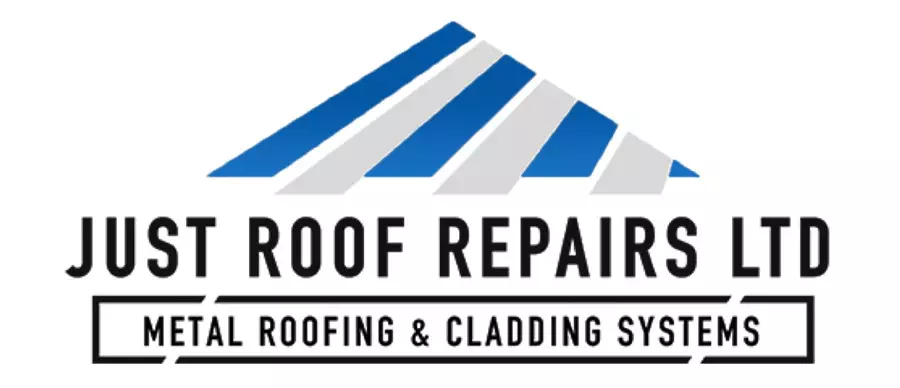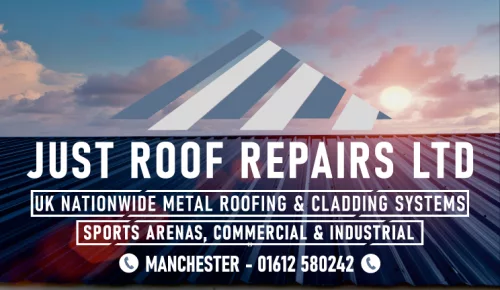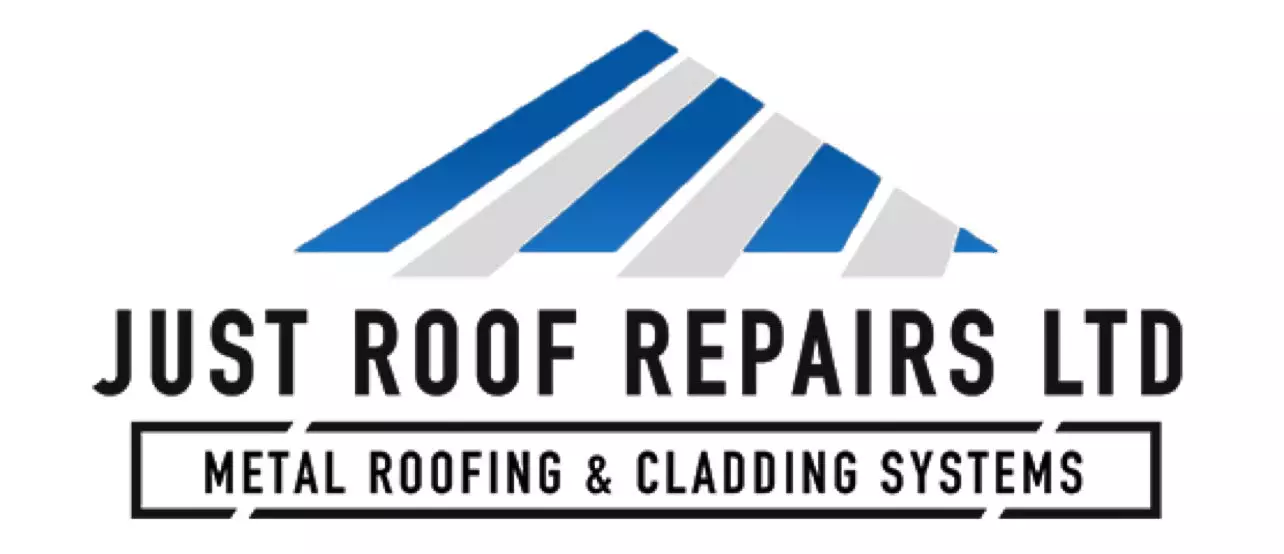When you’re considering the underlayment for your industrial metal roof installation, it’s crucial to weigh your options carefully. You might think that any underlayment will do, but factors like climate and material compatibility can greatly impact your roof’s performance. For instance, synthetic underlayment offers impressive durability, while felt can be a budget-friendly choice in less demanding conditions. Understanding these differences can be the key to maximizing your roof’s lifespan and efficiency. So, what do you need to know about the specific types of underlayment that could best suit your project?

Importance of Underlayment
Underlayment plays an essential role in the performance and longevity of metal roofs. It acts as a vital moisture barrier, preventing water infiltration that can lead to structural damage over time. By adding a layer of protection beneath your metal roofing, you greatly reduce the risk of leaks and associated issues, ensuring your investment remains sound.
Additionally, underlayment contributes to thermal insulation, which enhances the energy efficiency of your building. This thermal layer helps regulate indoor temperatures by minimizing heat transfer, making your space more comfortable and potentially lowering energy costs. When you choose the right underlayment, you’re also improving the overall durability of your roofing system.
Furthermore, high-quality underlayment materials can withstand extreme weather conditions, providing added peace of mind. They remain effective even under the stress of temperature fluctuations and moisture exposure.
As you evaluate your options, consider how the right underlayment not only complements your metal roof but also extends its lifespan. Ultimately, investing in proper underlayment is a proactive step toward safeguarding your property and maximizing the performance of your metal roofing system.
Types of Underlayment
Selecting the right type of underlayment is vital for guaranteeing the effectiveness of your metal roofing system. Your choice greatly influences insulation, moisture control, and overall longevity. Here are some common underlayment types to take into account:
| Underlayment Type | Key Features |
|---|---|
| Foam Underlayment | Provides excellent insulation and cushioning. Suitable for thermal performance. |
| Felt Underlayment | Traditional option, cost-effective but may lack moisture resistance. |
| Synthetic Underlayment | Highly durable, lightweight, and resistant to tearing and moisture. |
| Vapor Barriers | Important for preventing moisture buildup, especially in humid climates. |
When evaluating foam underlayment options, think about their thermal properties and sound absorption capabilities. Vapor barrier evaluations are significant too; they prevent condensation from compromising your roofing system. Each type serves specific needs, so assess your project requirements carefully. Choosing the right underlayment guarantees you maximize the performance and lifespan of your metal roof, safeguarding your investment for years to come.
Benefits of Synthetic Underlayment
When it comes to choosing underlayment for your metal roof, synthetic options stand out due to their numerous advantages.
These materials offer exceptional performance, ensuring that your roofing system remains robust and effective over time.
Here are three key benefits of synthetic underlayment:
- Synthetic Durability: Unlike traditional materials, synthetic underlayment is engineered to withstand harsh weather conditions. Its resilience means it won’t tear easily, providing long-lasting protection for your roof.
- Moisture Resistance: Synthetic underlayment effectively repels water, preventing moisture buildup that can lead to mold and structural damage. This feature is vital, especially in areas with high humidity or frequent rain.
- Lightweight and Easy to Install: The lightweight nature of synthetic underlayment makes it easier to handle and install, saving you time and labor costs during the roofing process.
Advantages of Felt Underlayment
Felt underlayment offers several compelling advantages that make it a viable choice for metal roofs. One of its primary benefits is cost effectiveness. Compared to synthetic alternatives, felt underlayment typically comes at a lower price, making it an attractive option for budget-conscious projects without sacrificing performance.
Another significant advantage is its moisture resistance. Felt underlayment is designed to provide a barrier against water infiltration, protecting the underlying structure from potential damage. This is particularly essential in areas prone to heavy rainfall or snow accumulation. The material’s ability to resist moisture helps extend the lifespan of your roofing system.
Moreover, felt underlayment is relatively easy to install, allowing contractors to work more efficiently. It can be laid down quickly, which is beneficial for tight project timelines.
In addition, felt’s natural flexibility enables it to conform easily to the roof’s surface, ensuring a snug fit that enhances its protective qualities.
Key Factors to Consider
Understanding the key factors to take into account when choosing underlayment for metal roofs is essential for ensuring long-term performance and durability.
You’ll want to evaluate several significant elements to make the best choice for your installation.
- Climate Considerations: Assess the local weather patterns, as extreme temperatures, moisture levels, and wind conditions will dictate the type of underlayment that best suits your needs.
For instance, if you’re in a region with heavy rainfall, a water-resistant underlayment is essential.
- Material Type: Different underlayment materials, such as felt, synthetic, or rubberized options, provide varying levels of protection and durability.
Consider your project’s specific requirements and how each material performs in your climate.
- Cost Analysis: While budget constraints are always a factor, remember that investing in a higher-quality underlayment can save you money in the long run.
Weigh the upfront costs against potential repair or replacement expenses due to inadequate protection.
Installation Tips
Selecting the right underlayment is just the beginning; proper installation is key to maximizing its effectiveness. To guarantee peak performance, you must follow specific installation techniques tailored to your chosen underlayment. Always check for underlayment compatibility with the metal roofing system you’re using, as mismatches can lead to issues like moisture retention or reduced insulation properties.
Start by laying the underlayment horizontally, overlapping each row by at least 6 inches. This overlap helps prevent water intrusion. Secure the underlayment with fasteners suited to your roofing material, guaranteeing they penetrate sufficiently without compromising the underlayment integrity.
Pay close attention to seams and edges; using adhesive tape on these areas can enhance waterproofing. Additionally, avoid installing underlayment in extreme weather conditions, as temperatures can affect adhesion and flexibility. Confirm the substrate is clean and dry before installation to promote better adherence.
Maintenance and Longevity
Over time, proper maintenance is essential to confirm the longevity of your metal roof and its underlayment.
Regular upkeep not only enhances the performance of your roof insulation but also guarantees the effectiveness of the moisture barrier, preventing costly damage.
Here are three key maintenance tasks you shouldn’t overlook:
- Inspect for Damage: Regularly check for loose panels, rust, or any signs of wear. Early detection helps you address issues before they escalate, confirming your roof insulation remains intact.
- Clear Debris: Remove leaves, branches, and other debris from the roof and gutters. Accumulated debris can trap moisture, compromising your moisture barrier and leading to mold or rot.
- Check Sealants and Flashing: Inspect all sealants and flashing around vents, chimneys, and ridges. Confirm they’re in good condition, as these elements are critical for maintaining your roof’s integrity and overall longevity.
Frequently Asked Questions
Can Underlayment Impact the Warranty of My Metal Roof?
Yes, underlayment can greatly impact your roof’s warranty implications. Proper selection affects underlayment longevity, ensuring your metal roof performs at its best. Always consult your manufacturer’s guidelines to avoid voiding warranties due to inadequate underlayment choices.
What Are the Environmental Impacts of Different Underlayment Materials?
While you might think all underlayment materials are the same, sustainability considerations matter. Evaluating material sourcing reveals the environmental impacts, influencing your decision. Opt for options that balance durability and eco-friendliness for a responsible choice.
How Does Underlayment Affect Energy Efficiency of the Building?
Underlayment markedly impacts your building’s energy efficiency by providing thermal insulation and acting as a moisture barrier. This combination helps regulate indoor temperatures, reducing heating and cooling costs while enhancing overall comfort and structural integrity.
Are There Specific Building Codes Related to Underlayment Selection?
Yes, there are specific building regulations and underlayment standards that you must follow. These codes guarantee safety and performance, so it’s essential to check local requirements before selecting your underlayment for compliance and efficiency.
How Can I Tell if My Underlayment Needs to Be Replaced?
You might think your underlayment’s invincible, but a visual inspection reveals its true age. Check for tears or discoloration, and use moisture detection tools to reveal hidden water damage. If found, replacement’s necessary.
Conclusion
To sum up, selecting the right underlayment for your industrial metal roof is essential for maximizing performance and longevity. Did you know that roofs with quality underlayment can extend their lifespan by up to 30%? By considering factors like climate and budget, you’ll make an informed choice between synthetic and felt options. Proper installation and maintenance will further safeguard your investment, ensuring your roof stands strong against moisture and thermal inefficiencies for years to come.


